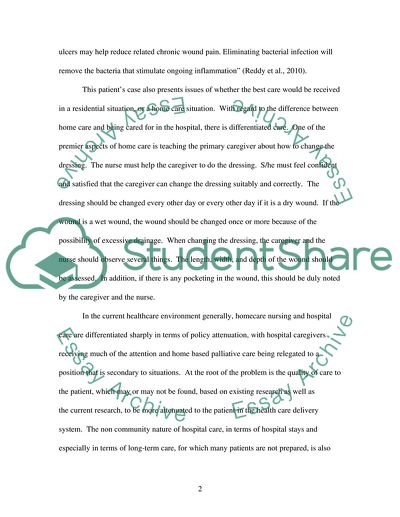Cite this document
(Healing of the Infected Black Wound Case Study Example | Topics and Well Written Essays - 4750 words, n.d.)
Healing of the Infected Black Wound Case Study Example | Topics and Well Written Essays - 4750 words. Retrieved from https://studentshare.org/nursing/1736706-black-heel
Healing of the Infected Black Wound Case Study Example | Topics and Well Written Essays - 4750 words. Retrieved from https://studentshare.org/nursing/1736706-black-heel
(Healing of the Infected Black Wound Case Study Example | Topics and Well Written Essays - 4750 Words)
Healing of the Infected Black Wound Case Study Example | Topics and Well Written Essays - 4750 Words. https://studentshare.org/nursing/1736706-black-heel.
Healing of the Infected Black Wound Case Study Example | Topics and Well Written Essays - 4750 Words. https://studentshare.org/nursing/1736706-black-heel.
“Healing of the Infected Black Wound Case Study Example | Topics and Well Written Essays - 4750 Words”, n.d. https://studentshare.org/nursing/1736706-black-heel.


